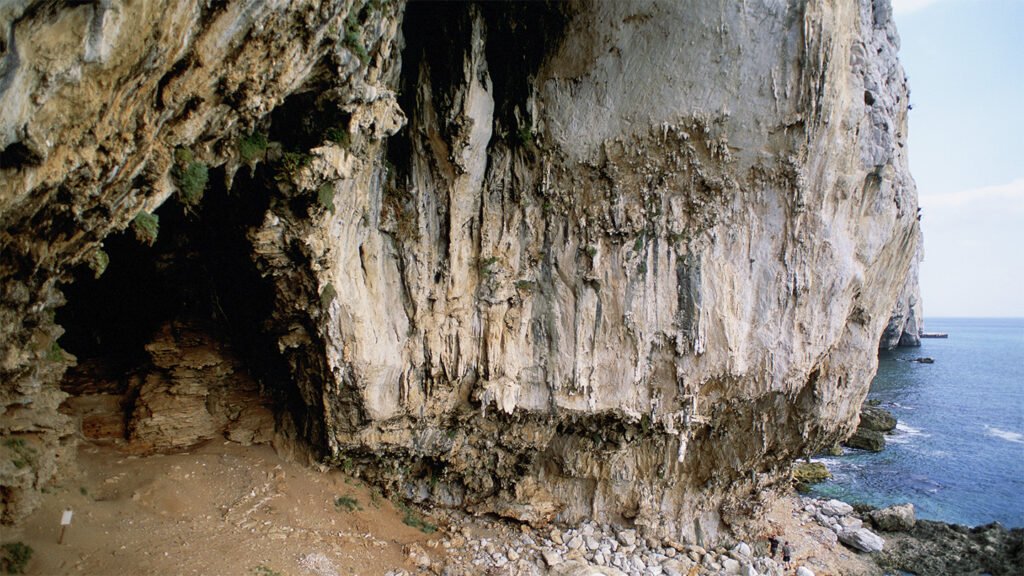Neandertals were known for their resourcefulness when it came to fire, and a recent study has shed new light on their advanced skills. In a cave in Gibraltar, researchers discovered evidence of a hearth that Neandertals likely used to create tar from nearby plants.
Previous research had already shown that Neandertals used tar as an adhesive for crafting weapons, in addition to using fire for heat and cooking. However, the new study, published in Quaternary Science Reviews, reveals that Neandertals may have designed specialized fire structures specifically for making tar.
Juan Ochando Tomás, a botanist at the University of Murcia in Spain, led the research team that made this groundbreaking discovery. They found a small pit dating back to around 65,000 years ago in a cave known to have been inhabited by Neandertals. Through chemical and visual analyses, the researchers identified charcoal, pollen, and chemical compounds indicative of resinous plant material burning. They also found yellow crystals believed to be tar, possibly made from the resin of gum rockrose, a plant that grows in the nearby shrubland.
To further confirm their findings, the team recreated the structure by filling a hole with rockroses, sealing it with sand and soil, and igniting a fire on top to steam the plants. After several attempts, they successfully produced enough tar to craft two spears from flint and olive wood.
Archaeologist Andrew Sorensen, not involved in the study, noted that the Neandertal hearth was an anomaly for its time period. Most Neandertal hearths were simpler, and the use of fire was less common during that era. However, he was convinced by the thorough analysis and re-creation of the pit, acknowledging the advanced techniques Neandertals may have employed to make tar.
Sorensen expressed interest in finding residues of rockrose tar on stone tools at the site, as this would provide further evidence of Neandertals’ innovative use of adhesives. This discovery opens up new possibilities for understanding the capabilities and resourcefulness of our ancient cousins.
In conclusion, the study highlights the ingenuity of Neandertals in utilizing fire to create tar, showcasing their advanced skills and adaptation to their environment. This newfound knowledge adds depth to our understanding of Neandertal technology and innovation, providing valuable insights into their way of life.

